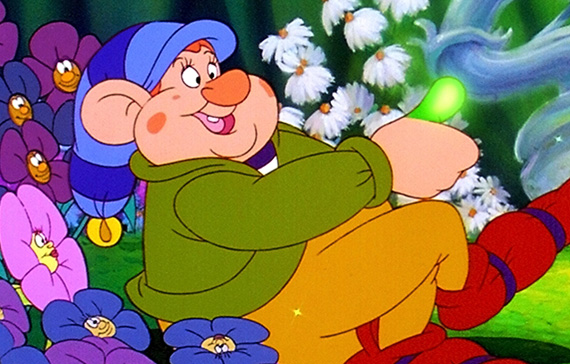
For the last eighty years, Walt Disney Studios has been the dominant force in animated musicals. Since 1937’s Snow White and the Seven Dwarfs, Disney has churned out cartoons about singing flowers, singing rats, singing fish, singing frogs, and all sorts of other lovable vermin who can’t stop themselves from bursting into song.
Sure, there have been other studios who’ve tried to break into Disney’s cartoon musical monopoly, but they typically came off as slightly off-brand variations on the Disney standard—1997’s Anastasia, for example, or 1998’s Quest for Camelot. Both exemplify the uncanny valley of movie musicals that are almost-but-not-quite Disney. These films typically fade from memory in a few years, like the last few notes of a Russian music box from an amnesiac princess.
This article is not about those films. This article is about the other type of non-Disney animated musicals, the ones that wanted to break out of the Mouse’s shadow by offering something a little stranger. They might not be good, but they’re at least memorable in their weirdness.
Also, it should be noted, this list focuses on Western animation, because the cartoons of Asia have their own brand of weirdness (and typically don’t involve people bursting into song). Here are the ten strangest animated musicals to ever hit the screen.
10. Pinocchio and the Emperor of the Night
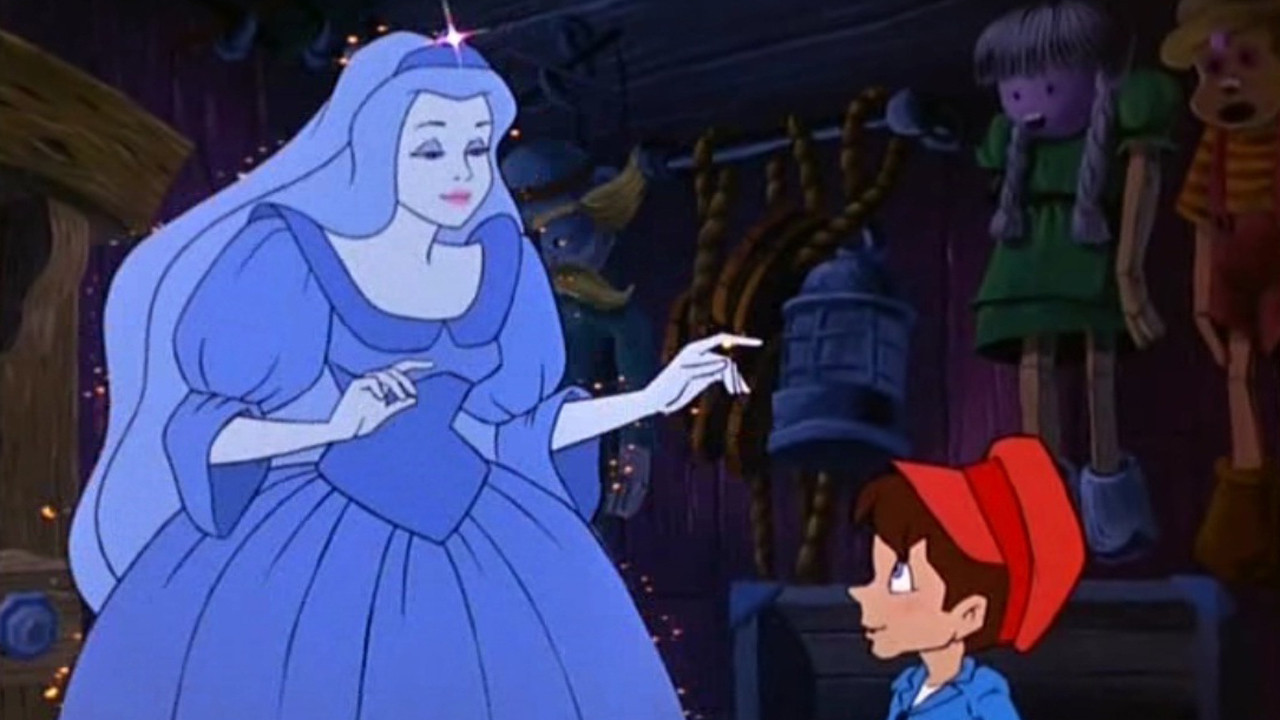
Pinocchio and the Emperor of the Night was released in 1987 by Filmation, the company behind Fat Albert. Much like their Snow White film Happily Ever After, their version of Pinocchio was made as an unofficial pseudo-sequel to the Disney version, only much darker. The climax of the film, for example, involves the titular emperor—a four-armed sorcerer with glowing eyes—threatening to kill Pinocchio’s magically shrunken father.
Pinocchio decides to sacrifice himself for the old man, causing his insect companion—not Jiminy Cricket—to scream in horror, “Pinocchio! No! He’s fire! You’re wood!” Pinocchio runs head-first into a giant explosion. Even though he survives, this moment is a good example of the steady stream of nightmare fuel that this film supplies.
The Disney classic is similarly dark—boys turn into braying donkeys, for example—but what makes this film so much darker is that every moment, even the supposedly lighthearted ones, come across as terrifying.
One of the film’s big numbers, a supposed showstopper called “You’re a Star,” has Pinocchio flying through space on bursts of rainbows while a disembodied mouth sings compliments at him. Within the structure of the film, it’s supposed to function like “Be Our Guest” from Beauty and the Beast, but it comes across much creepier than dancing silverware.
The movie itself is episodic, much like the Disney film. Pinocchio goes on a series of adventures in order to earn his humanity and turn into a real boy. He gets swindled by two animal con artists—a raccoon and a monkey in this film—and the Blue Fairy pops in every few scenes to remind him to stay on the right track.
The basic plot is familiar, but it’s peppered with strange details like giant barracudas, four-armed shape-shifters, and the truly scary moment where a human Pinocchio turns back into a puppet by painfully sprouting out marionette strings from his hands. In its amped up creepiness, this version has a lot in common with the original Italian novel, which opens with a magical log giggling as the woodcarver hacks into it with an ax. Fairy tales are creepy, and this movie reflects that.
9. Raggedy Ann and Andy: A Musical Adventure
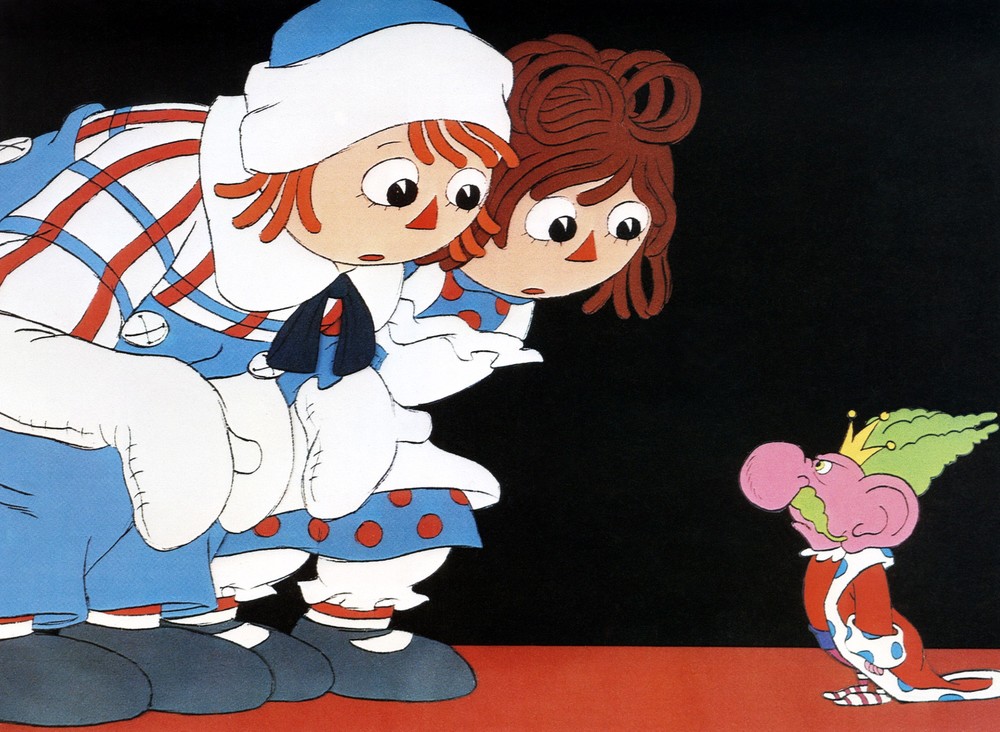
In the late-70s, animator Richard Williams (Roger Rabbit, Pink Panther) directed a musical about Raggedy Ann and Andy, two dolls from the early-1900s. The production was famously troubled: the original director died, Williams went over-budget, and new people had to come in to finish things up as quickly as possible. These issues are evident in the finished product, which feels like some scenes—especially in the final third—are chopped-up or missing altogether.
Despite these issues, the movie is beautifully animated and aggressively weird. One of the main characters is a blue patchwork camel whose legs and upper body seem to be moving independently of each other. He’s a masterwork of animation, and it’s hard to look away as he flops across the screen. There’s also a blob character named Greedy, who oozes in a thousand directions at once. There are so many little details in the animation that it’s no surprise the movie went over-budget.
The plot works as a proto-Toy Story, following two toy characters who come to life when humans aren’t around. They go on adventures and meet a host of other playthings, most of them scarier than they ought to be.
The big difference between this and Toy Story, however, is that Toy Story is based on the dynamic between two completely different characters who slowly grow to like each other. In this movie, the titular dolls are basically cyphers, meeting interesting new characters but having very little personalities of their own.
8. Marco Polo Junior Versus the Red Dragon
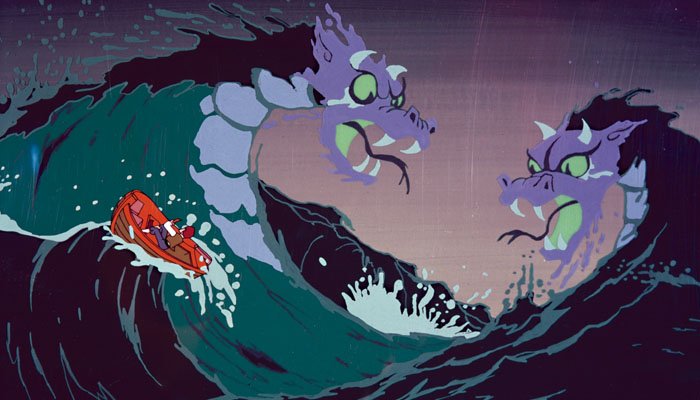
Marco Polo Junior was the very first Australian animated movie, and its failure effectively squashed any Down Under cartoon boom, at least for the next couple decades. It follows a teenaged descendant of Marco Polo (not exactly his “junior,” but whatever) as he travels to Xanadu to help Princess Shining Moon stop the evil Red Dragon. Red Dragon is the Snidely Whiplash of the story, and he has a pet vulture to match Marco’s pet sea gull.
This movie opens with a song about horoscope signs and closes with a ballad that Marco sings to his true love while waving at her and sailing away. In between those very dated musical styles, Marco has a series of loosely connected adventures, where he mostly runs away from the Red Dragon’s Oriental caricature henchmen.
The animation style is reminiscent of Hanna-Barbera’s TV shows, from motionless background characters to weirdly underpopulated group scenes. There’s even a Scooby Doo-style laugh track, which makes you forget that this is supposed to be a real movie instead of something from Saturday morning television.
The most striking thing about Marco Polo Junior is how very un-Australian it feels. Aside from one Australian voice actor, there are no signs that this wasn’t made by a minor American studio before the mid-70s animation crash. For a movie that was supposed to put Australian cartoons on the map, that’s a very strange choice.
7. The Pebble and the Penguin
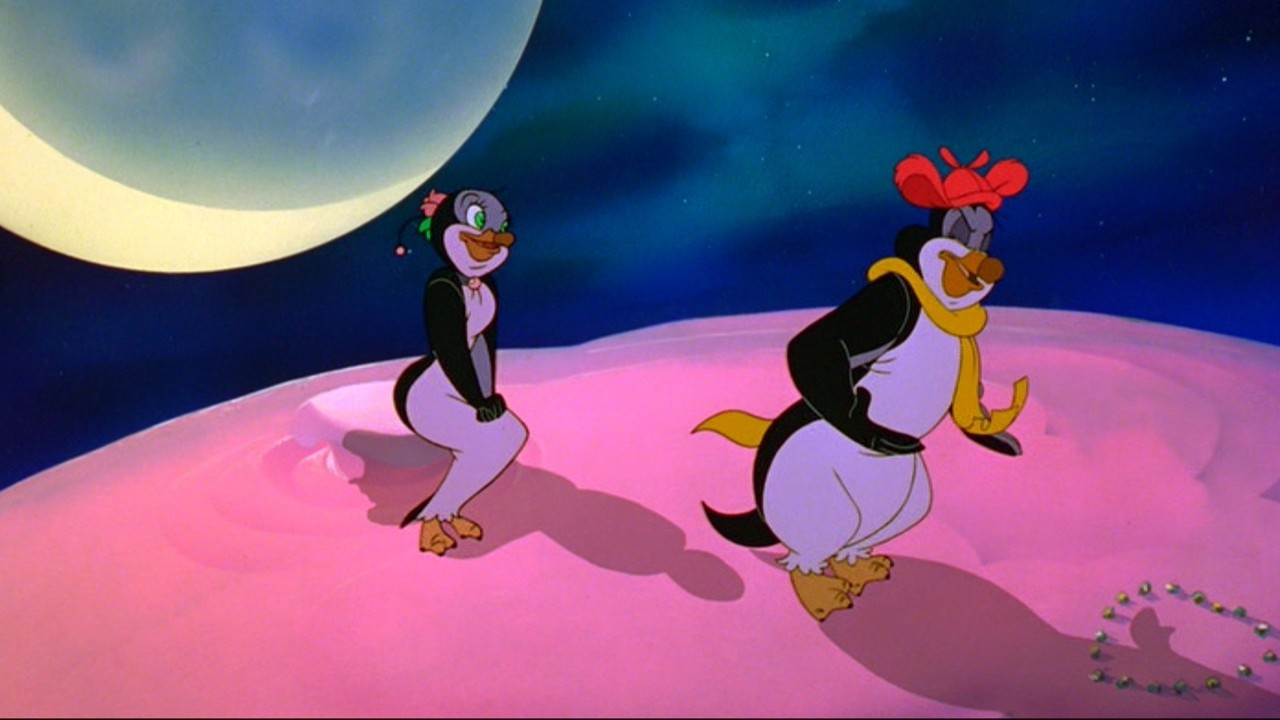
Animator Don Bluth left Disney on less than amicable terms. He went on to create his own production company, producing films that often outperformed the Mouse House. Specifically, he did Land Before Time, All Dogs Go to Heaven, and An American Tale in the 1980s.
By the time the 90s rolled around, however, his movies got worse (and weirder). He fostered a random stable of repeat collaborators, from Barry Manilow to Charles Nelson Reilly to Dom DeLuise, and maintained a high level of artistry in service of often baffling stories. While his strangest film comes later in this list, The Pebble and the Penguin is certainly an odd piece of filmmaking.
Based on the (true life) ritual where male penguins give little rocks to their mates as a sign of penguin engagement, The Pebble and the Penguin follows the biggest dork in the penguin flock as he tries to get a beautiful meteorite to give to the pretty girl penguin next door. He ends up lost at sea, trapped in a zoo, and fist-fisting with a bully penguin voiced by Tim Curry. Sprinkle in a few love songs written by Barry Manilow, and you’ve got the entire movie.
Like Raggedy Ann and Andy, the movie went over-budget, was released in a less-than-finished form, and ended up losing money at the box office. It wasn’t until Mad Max’s George Miller directed the Oscar-winning Happy Feet that a penguin musical caught on with audiences.
6. A Chipmunk Adventure
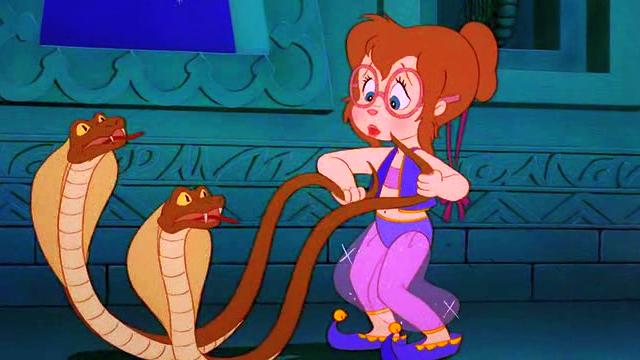
For a lot of kids who grew up in the 80s, A Chipmunk Adventure is a blast of nostalgia. Running fairly constantly on television, the first movie outing for Alvin and his brothers has been seared into the memories of a generation of TV-watchers.
The story, as many of you know, follows the Chipmunks and their gender-swapped equivalents the Chipettes as they race across the world in hot air balloons. They’re smuggling diamonds, but they don’t know it until after they’ve survived a hurricane, been tied up by savages, and rescued a baby penguin.
Because it’s the 80s, the main characters sing a battle-of-the-sexes pop song called “The Girls and Boys of Rock and Roll.” There’s also a Mexican-themed song, a tender ballad to mothers everywhere, and a garbled cover of “Wooly Bully” sung by a tribe of human-sacrificing natives.
The directors hired a team of ex-Disney animators to work on the project, which explains the high quality animation. The story is episodic and, at times, culturally insensitive, but the end result is a fun bit of globe-hopping for young audiences. It was a failure at the box office, but unlike the other films on this list, A Chipmunk Adventure has shown a surprising amount of staying power.